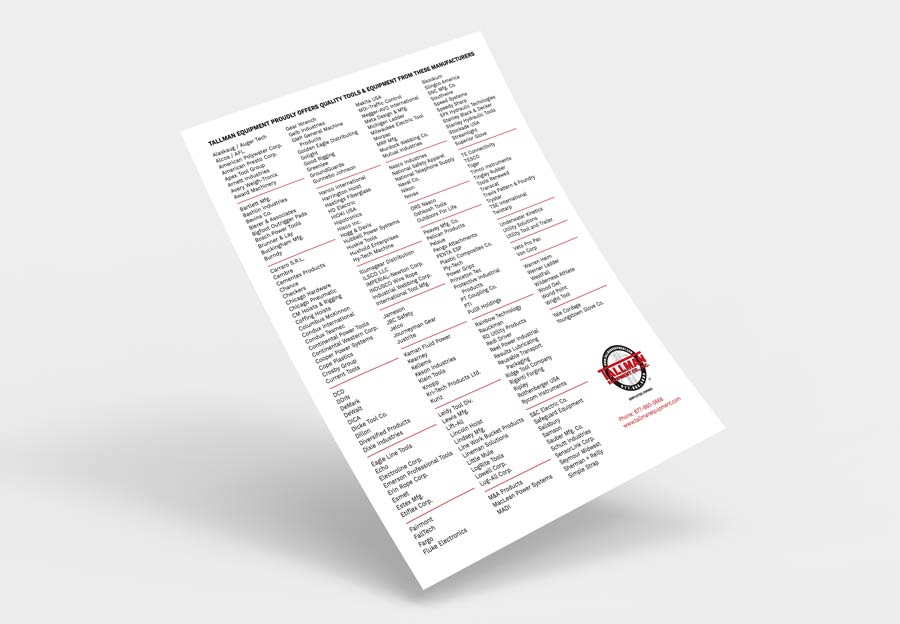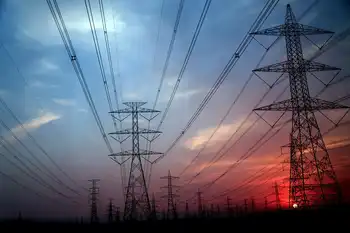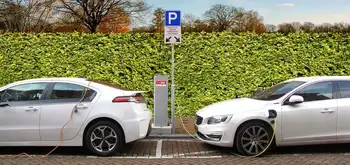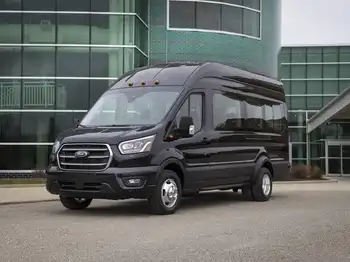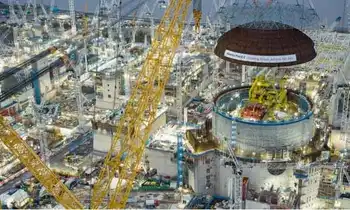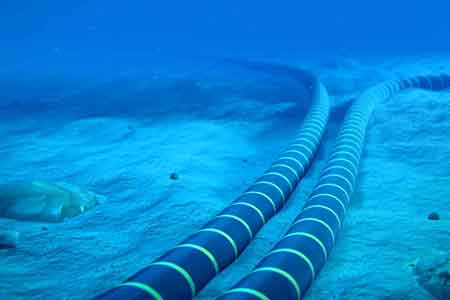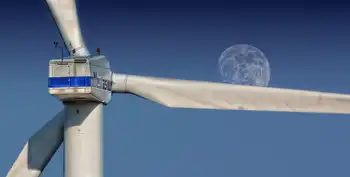Areva T&D secures deal with India's SAIL
By Industrial Info Resources
NFPA 70e Training
Our customized live online or in‑person group training can be delivered to your staff at your location.

- Live Online
- 6 hours Instructor-led
- Group Training Available
According to the contract, Areva T&D will also provide 132-kilovolt (kV) air-insulated and gas-insulated substations and will lay 132 kV of feeder transmission cables for the substations. The firm will also revamp the control and monitoring systems and provide protection services for SAIL's existing substations. The project is scheduled to be complete by October 2010.
SAIL's Bhilai steel plant is ranked among India's leading integrated steel plants. It manufactures heavy steel plates, rails and structural steel. The unit is the sole supplier of India's longest rail tracks, which are 260 meters in length, and has a production capacity of 3.15 million tons per year of saleable steel.
Areva T&D secured the contract at a time when India's power transmission and distribution segment is growing at a rate of 20% per year. The firm handles about 70% of the load flow in the country. In August, the company announced plans to invest $60 million in the current fiscal year, April 2008 to March 2009, and an additional sum of $40 million in the next fiscal year to tap into India's booming power transmission and distribution segment.
Areva T&D has eight manufacturing plants in India and plans to set up three additional units by the end of 2008. The firm, best known for its nuclear power plant development and transmission expertise, is also being viewed as a major beneficiary of the Indo-U.S. nuclear deal.
Areva SA is reportedly the only firm in the world with interests in every industry allied to the nuclear power sector. The firm is likely to develop a greenfield nuclear power project in Jaitapur, Maharashtra, by setting up two European pressurized reactor units at the site.
Areva T&D, a pioneer in the high-voltage switchgear segment in India, was the first firm to develop a 765-kV substation in the country in Sipat, Chhattisgarh, in collaboration with National Thermal Power Corporation (New Delhi).
In July, Areva T&D successfully tested its first 1,200-kV capacitor voltage transformer unit in India for use in ultra-high-voltage applications. The unit will be installed in Bina, Madhya Pradesh, at an upcoming substation of Power Grid Corporation of India Limited (PGCIL).
In September, Areva T&D entered into a joint strategic alliance with GE Consumer & Industrial India to focus on electrical solutions in several sectors, including material handling, metals, mining, mineral processes and power generation.
In June, it secured the country's largest turnkey order for supplying 400/220-kV switchyard with transformers in a $25 million contract awarded by Uttar Pradesh Rajya Vidyut Utpadan Nigam Limited. In January, the firm secured a $23 million deal from PGCIL to upgrade the sub-transmission systems in the state of Bihar.







